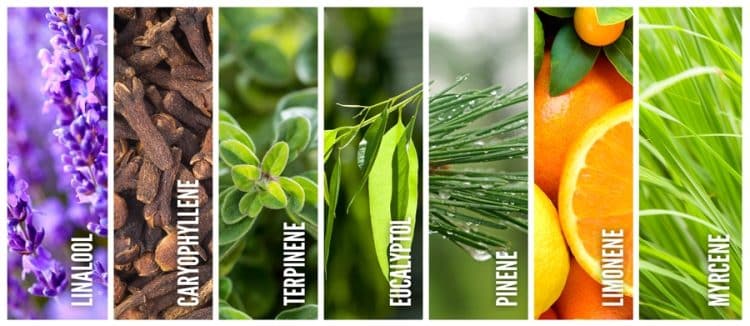Do We Choose Natural or Artificial Profiles?
The ultimate goal of concentrates, whether it is stated explicitly or not, is to create a product that contains exactly the same aromatic fragrance (and of course an equal psychoactive experience) as the flower from whence it came. One class of concentrates, called Full Spectrum Extracts, attempts to accomplish this task by preserving the extract precisely as it comes out, without any post-extraction processing. Another class seeks obtain the cannabinoids without regard to the terpenes. Finally, products from the last class seek to purify and concentrate the cannabinoids involved and reintroduce the terpene profile later on.
In full spectrum extracts, pristine, high-quality flower (usually specially harvested and preserved) is run through a unique extraction method, usually under gentle conditions (reduced pressure, lower temperatures, less mechanical agitation). It is removed from the extractor slightly more “wet” than extracts that are destined to undergo post-processing distillation/winterization. In this context, “wet” refers to the level of dissolved solvent left in the solution, which is usually reclaimed inside the closed-loop. Then, the excess solvent is carefully evaporated in a controlled environment, usually in a vacuum oven, which allows its thermodynamic conditions to be varied to produce different hardening and crystallization patterns. The final product that goes to market contains nothing else.
Extracts that are destined for post-processing undergo a significantly altered (and more involved) manufacturing method than those outlined above. For one, the distillation process naturally (and by definition) purifies the cannabinoid compounds, removing the native cannabis terpenes along with its waxes and fats. Because large-scale distillations can achieve such high purity compounds, many times the “waste” of the cannabis plant is extracted (rather than the smokable “nugs”), because even a 2% THC content can be taken advantage of at the right price with enough volume. So the native terpenes in these cases are old, degraded, and of an unrepresentative profile—not something that one would want to reintroduce into the finished product. In these cases, the chemovar’s terpene profile is artificially recreated using formulation recipes and labs.
If, however, good-quality cannabis flower is used, then the terpenes captured in the extraction process could theoretically be reintroduced to the distilled final product later on. In practice, this generally will not occur. For one, the methods for concentrating and purifying cannabinoids are very different than doing the same things for terpenes, of which there are many and whose physical properties vary widely.Furthermore, it’s entirely possible to buy cannabis-derived terpenes (for the purists) cheaply and in high quality; a higher quality than one would generally expect to achieve from a manufacturing process that tries to “double dip” and efficiently extract and purify both the cannabinoids and the terpenes.
It is also important to note that the terpenes that make up cannabis’s aromatic profile are identical to those same terpenes that come from another botanical source. So, for example, adding D-Limonene from citrus fruit peels would create the same physiological effect as D-Limonene from a cannabis chemovar.











